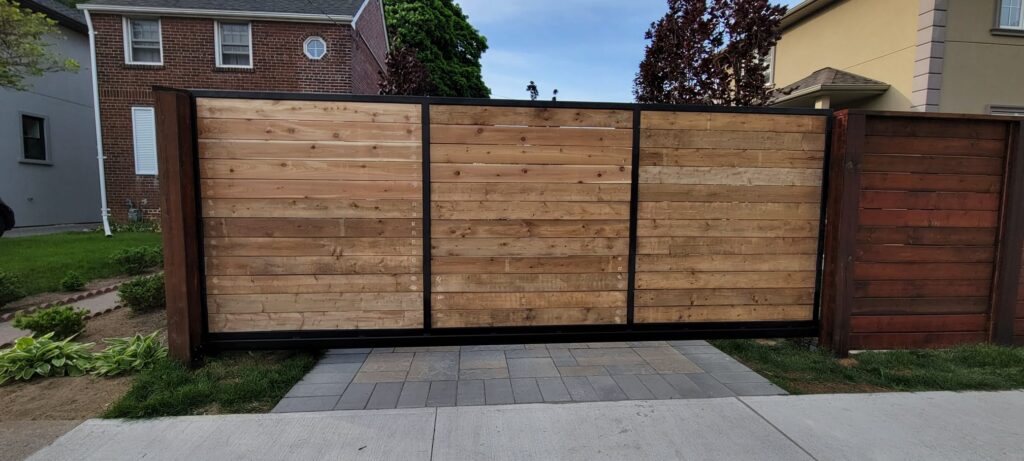
A driveway gate is one of the most effective ways to secure your property, improve privacy, and add curb appeal. But before you select a gate, one of the most important decisions you’ll need to make is how it will operate: swing or slide?
Both gate types have their advantages, but the right choice depends on your driveway layout, space, and usage needs. In this post, we’ll break down the pros and cons of swing gates and sliding gates to help you make an informed decision.
Swing gates operate much like a door, opening inward or outward on hinges. They are ideal for properties with flat, open driveways and enough clearance for the gate to swing freely.
Advantages:
Considerations:
Best for:
Sliding gates move sideways along a track or cantilever system and are ideal for properties with limited swing space or uneven terrain.
Advantages:
Considerations:
Best for:
Both swing and sliding gates can be automated for convenience and security. Automation systems include:
Sliding gates are often favored for gate automation due to their smoother and more stable operation, but swing gates can be equally reliable when installed with proper hardware and gate openers.
| Feature | Swing Gate | Sliding Gate |
| Space Needed | Clearance to swing open | Clearance along fence line |
| Ground Requirements | Must be level | Can handle slopes |
| Cost (Typical Range) | Lower to moderate | Moderate to higher |
| Maintenance | Minimal | Slightly more (track cleaning) |
| Automation Friendly | Yes | Yes |
Here are a few quick questions to help you decide:
Both swing and sliding driveway gates offer strong security and visual appeal. The choice often comes down to layout, space, and budget. Working with an experienced gate designer ensures that you’ll get a system that not only fits your property but also complies with safety standards and automation requirements.
Need help evaluating your site or choosing a gate style? Contact us for a professional consultation—we’ll walk you through the options and build a custom solution that meets your needs and lasts for decades.